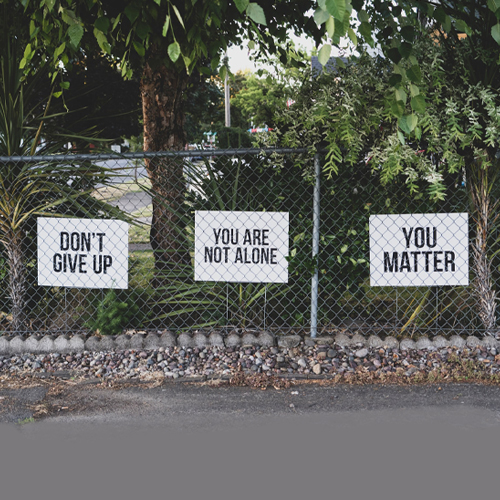 There are five main factors that contribute to an adolescent patient’s heightened risk for addiction, spelling out the acronym FACTS:
There are five main factors that contribute to an adolescent patient’s heightened risk for addiction, spelling out the acronym FACTS:
Family
When someone in a child's biological family—parents, siblings, or extended family members—has a history of substance use (alcohol, tobacco/nicotine, marijuana, prescription drugs or other drugs), that child may have a predisposition to addiction and will be at a greater risk of developing the disorder than a young person without a family history. Research from the Yale University School of Medicine indicates that first-degree relatives (children, siblings and parents) of alcoholics have eight times the risk of developing alcoholism than individuals without a family link.
Age
Age is another important risk factor for substance use disorder. The younger a person is when they start using alcohol or other drugs, the more likely they are to develop an
addiction. Current research by the National Institute of Mental Health suggests that a
person's brain isn't fully developed until they're in their twenties—alcohol and drugs can damage the "wiring" in a teenager's brain, leading to issues in the future
Cravings and Tolerance
Because younger brains are still developing, they are more sensitive to alcohol and other drugs than fully developed adult brains. As a result, when a teen uses alcohol or other drugs early on, they can develop physical cravings and tolerance to the substances being used—a progressive cycle that may very rapidly lead to active addiction.
Surroundings
Surroundings may be the most noticeable warning sign of substance use. Exposure to the use of alcohol and other drugs, whether within a family or a peer group, "normalizes" use so that it's perceived as what everyone is doing. In this regard, parents have a critical opportunity to act as positive role models. Such environment also increases access to substances, making a person more vulnerable to first-time use and opportunities to keep using.
There are many circles of influence in a teenager's life. Beginning with families, teens gain an understanding of both healthy and unhealthy behaviors. When parents and other caregivers clearly discuss the risks of drug abuse with their children, the likelihood that they will misuse substances is reduced by 50 percent. Set a good example. The positive behavior that you and other family members model can have a dramatic impact on how your teenager perceives alcohol and other drugs.
Clinical Guidelines
- American Academy of Pediatrics Policy Statement: Substance Use Screening, Brief Intervention, and Referral to Treatment for Pediatricians - July 2016
- American Academy of Pediatrics: The Critical Role Any Pediatrician Can Play in Preventing Adolescent Substance Abuse - April 2017
- American Academy of Pediatrics Policy Statement: Alcohol Use by Youth and Adolescents: A Pediatric Concern - May 2010
- American Academy of Pediatrics Policy Statement: The Impact of Marijuana Policies on Youth: Clinical, Research, and Legal Update - March 2015
Screening
CRAFFT 2.1- An acronym for: Car, Relax, Alone, Forget, Friends, Trouble
- 14+ Youth
- Free
- Updated CRAFFT 2.1 available in many languages at www.crafft.org
- Copyright by Boston Children's Hospital
AACAP Facts for Families: Substance Abuse Treatment for Children And Adolescents: Questions To Ask